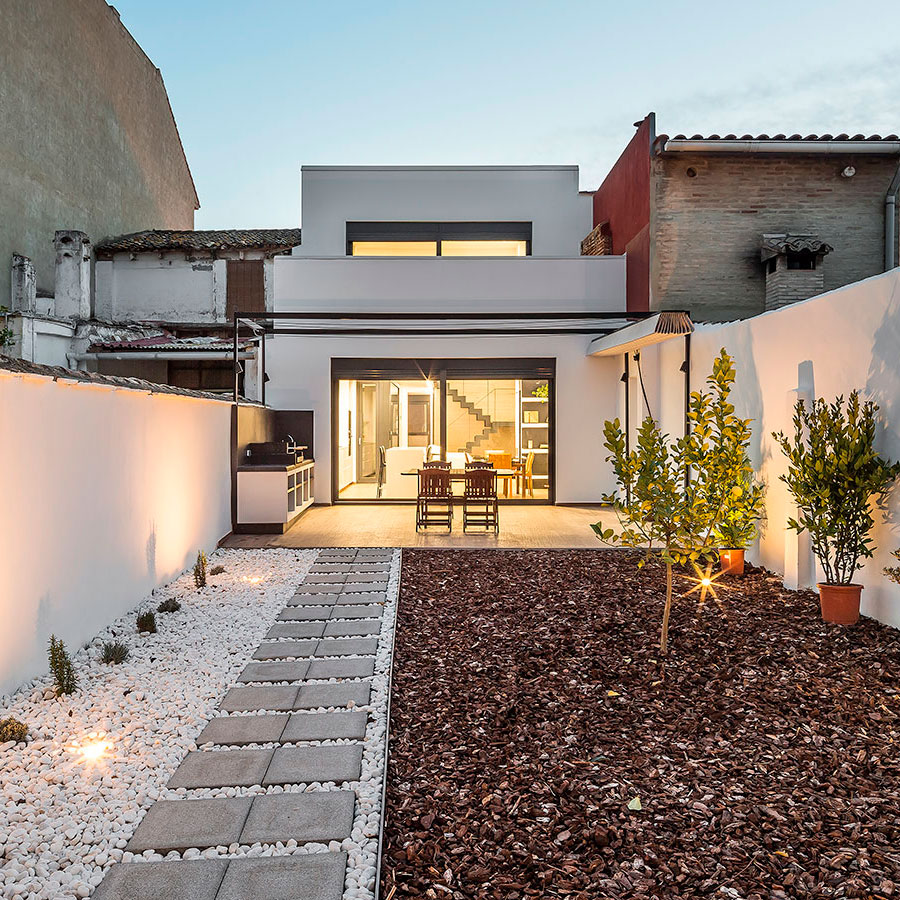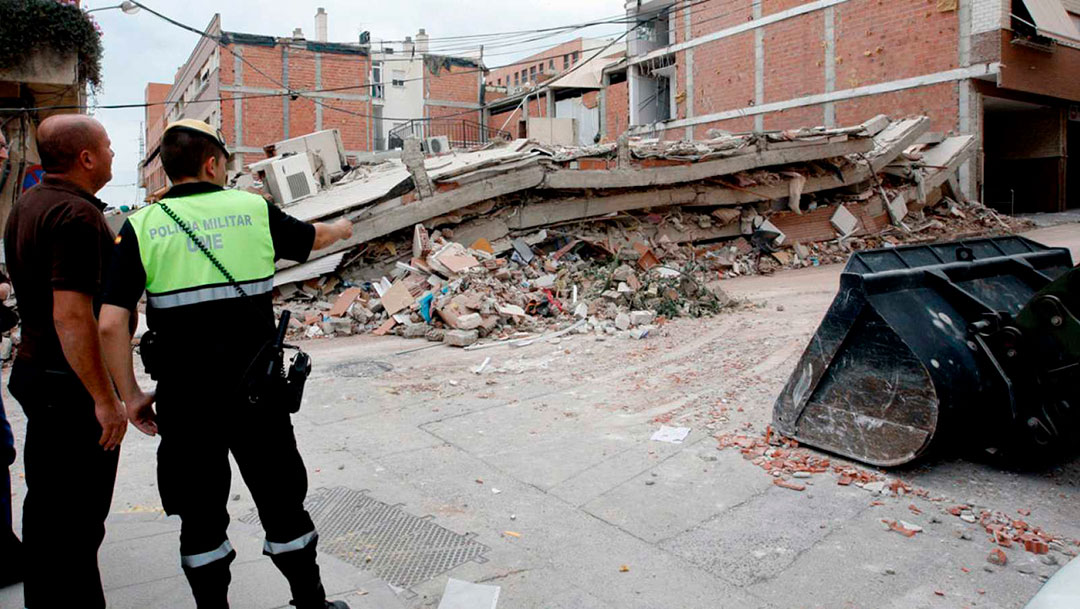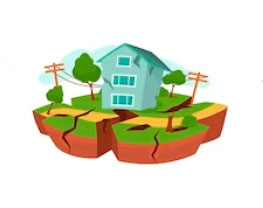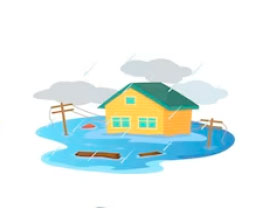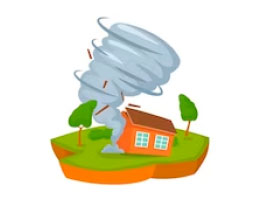In the world of construction, geographic and topographical challenges often present significant obstacles. However, the steel frame emerges as an invaluable resource to overcome these challenges, providing practical solutions in difficult-to-access areas.
In this article, we will explore the advantages of the steel frame in construction in places that are difficult to access, offering valuable information for architects, developers, builders and engineers seeking to optimize their projects in such conditions.
1. Light Weight for Efficient Transportation:
One of the main advantages of the steel frame in hard-to-reach areas is its light weight compared to other construction materials. This allows:
- More economical transportation: Steel is lighter than other materials such as concrete or wood, reducing transportation costs in remote areas.
- Access to remote locations: Steel frame components can be transported in smaller vehicles and often reach locations that would be inaccessible to heavier materials.
2. Modular and Prefabricated Assembly
The steel frame naturally lends itself to prefabrication and modular assembly, offering several advantages in hard-to-reach areas:
- Less need for local labor: Prefabrication allows many components to be assembled off-site, reducing the need for local labor.
- Less time on site: On-site construction is significantly shortened due to the rapid installation of prefabricated components.
- Minimizes local logistics: Less space and logistics are needed on the construction site to store and manage heavy materials and equipment.
3. Versatility in Design and Adaptability
The steel frame accommodates a variety of designs and specific project requirements:
- Design flexibility: Steel frame profiles allow a wide range of designs, making it easy to adapt to the particular geographic and topographic conditions of each site.
- Lower environmental impact: The ability to build lighter, more efficient structures minimizes environmental impact in sensitive areas.
- Compatibility with energy and water systems: Steel frame designs can easily incorporate sustainable energy and water systems for projects in remote areas.
4. Resistance and Durability in Adverse Conditions
The steel frame is known for its strength and durability, making it an ideal choice in hard-to-reach areas:
- Resistance to extreme weather conditions: Steel is resistant to corrosion and adverse weather conditions, ensuring a long useful life in places exposed to the elements.
- Less maintenance: The durability of the steel frame means less need for maintenance in the long term, which is especially beneficial in remote areas with limited access.
Example: Aldaia Project, 2020
This house, situated between party walls with asymmetrical and irregular walls, and located on a narrow street, was a real challenge. However, thanks to the advantages of the steel frame construction system, at STALART we successfully face these challenges, avoiding problems of delays, logistics, dirt and ensuring a high quality result.
1. Adaptability to Restricted Spaces
The project in Aldaia was located on a narrow street, which limited access and maneuverability of equipment and materials. The steel frame stands out for its ease of transportation and assembly, which made construction easier in this small space. The steel frame’s lightweight, modular components were transported smoothly and assembled on site with precision, avoiding unnecessary delays.
2. Design Flexibility
The asymmetrical and irregular walls between party walls presented a significant design challenge. The steel frame allows exceptional flexibility in the design of structures, which made it easy to adapt to these specific conditions. The steel profiles were precisely cut and fitted to follow the irregular shape of the walls, ensuring a perfect fit and a solid structure.
3. Efficiency in Terms of Time and Logistics
The steel frame accelerates the construction process by allowing the prefabrication of components in a controlled environment. This minimizes time on site, reduces interference in the daily lives of the surrounding community, and avoids logistical problems common in traditional construction projects.
4. Cleanliness and Quality of the Result
Steel frame construction is inherently cleaner compared to traditional construction. Reduced waste and precision in assembly result in a cleaner, tidier construction site. Additionally, the quality of the final result is remarkably high due to the precision in component manufacturing and its resistance to common problems such as cracks and warping.
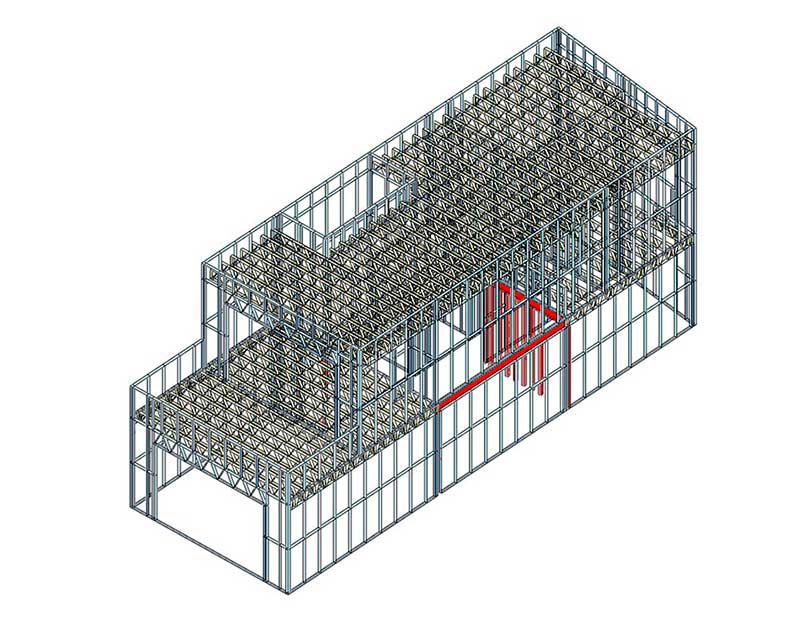
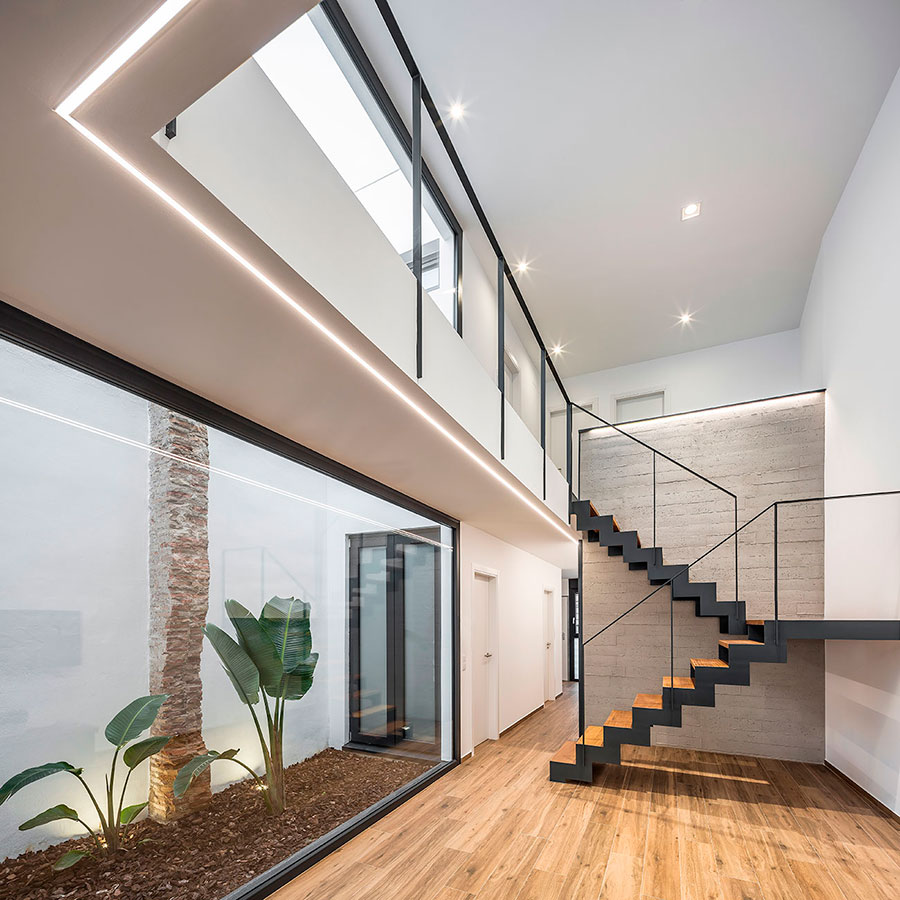
Conclusion
The steel frame is positioned as the intelligent solution for construction in areas that are difficult to access. Its light weight, prefabrication capacity, design versatility and durability make it the perfect choice for projects in remote or difficult-to-access locations. Architects, developers, builders and engineers seeking to maximize efficiency and overcome geographic challenges will find the steel frame a valuable tool to carry out their construction projects effectively and successfully in any environment.

